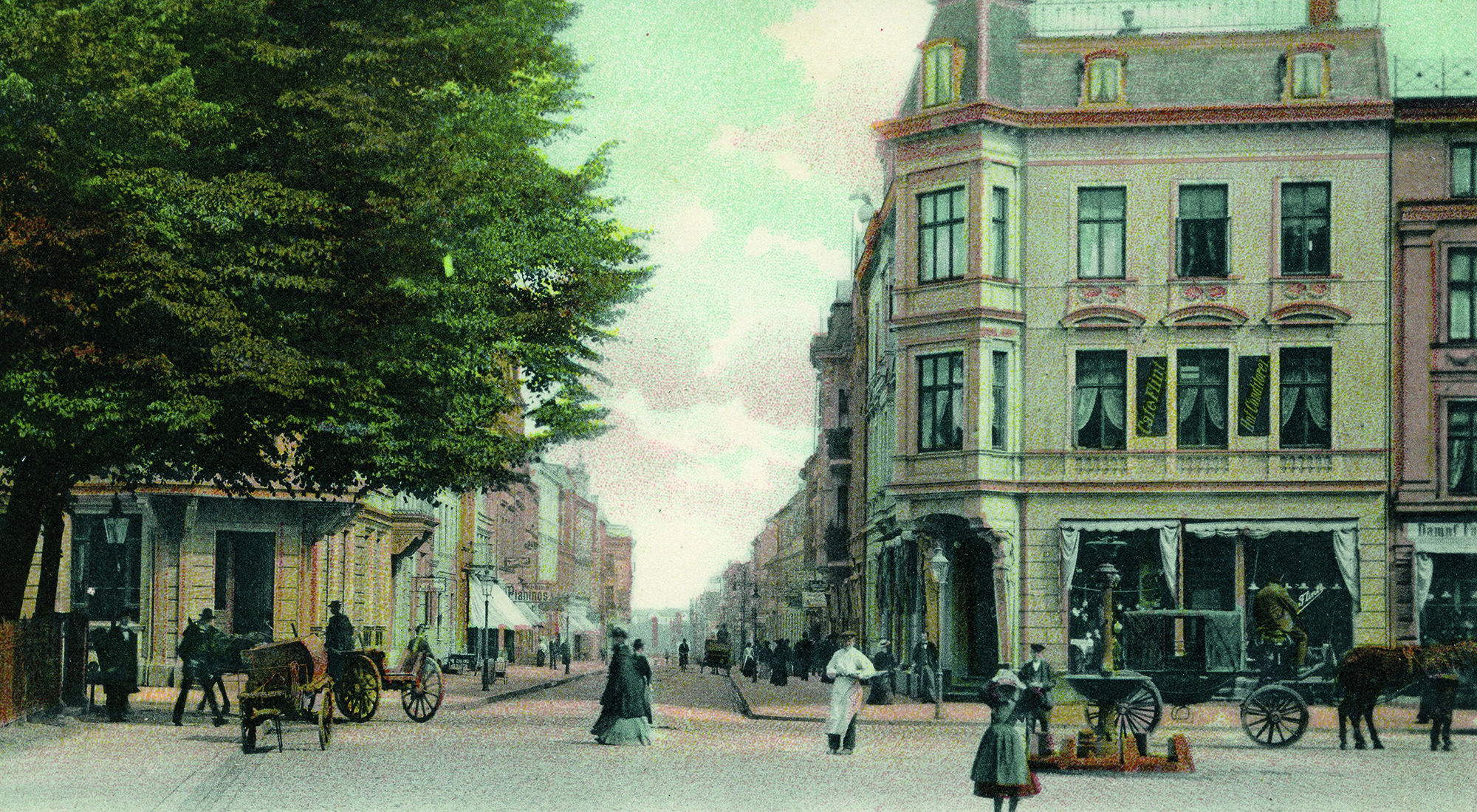
March 10, 2017 – June 11, 2017
In the middle of the 19th century cities expanded beyond their surrounding walls. As railway stations developed the city walls lost their function and gradually disappeared. Rostock as well expanded towards the West and South since 1850. Outside the “Steintor” residences arose in place of gardens and farmers houses. Farm tracks turned into avenues. Soon “Wallstraße” (Wall Street) was graced by first splendid mansions. After the Lloyd railway station was opened in 1886 a suburb developed featuring civic mansions and apartments along wide and generous tree lined avenues. Soon 6.970 citizens were housed in 784 buildings in the novel “Steintor-Vorstadt” (Stone Gate Suburb) around 1900. The area outside the “Steintor” became Rostock’s priciest neighbourhood.
For the first time an exhibition of the Rostock Cultural History Museum is dedicated to the southern suburb. You are invited for a stroll through the developing streets. Historical photographs and documents provide the backdrop for a journey into Wilhelminian time around 1900. The view onto the life of Rostock’s citizens inside the mansions and apartments is amended by stories and memories of citizens and visitors which bring the suburb to life.